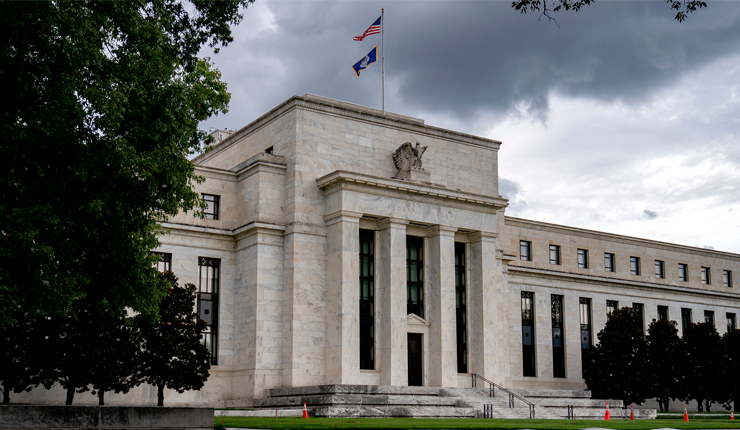Oil prices fell for third trading session on Wednesday dependent on the U.S. Federal Reserve’s prediction that it will indicate later in the day about interest rates to hike more.
This will raise concerns and worries of a low economic growth and fuel demand across the world.
April delivery of Brent crude futures decline by 23 cents to cost $82.82 per barrel at 4:20 GMT, after its decline of 1.2 percent on Tuesday.
The West Texas Intermediate (WTI) crude futures for April decreased as well by 21 cents to cost 76.15 USD per barrel.
The U.S. Fed will announce its Wednesday meeting minutes, giving traders a glance at how high the interest rates might go.
The high interest rates trigger an incline in the dollar price, causing dollar denominated oil to be more expensive for traders with other currencies.
American reports showed some signs of concern since the sales of real estate and homes fell last month, becoming the lowest recorded number since the 12th monthly drop that happened in October 2010.
Serena Huang, the head of APAC analysis at Vortexa said that the growing concerns are controlling oil prices.
However, she also added that “the market is cautiously optimistic on China’s demand recovery” to help control oil prices and demand worldwide.
Expectation of less global supplies in addition to the rising demand from the Chinese side safeguards the global price weakness.
According to Reuters, analysts are expecting the Chinese oil imports to record the highest number in its history in 2023, to be able to meet the increasing demand.
These expectations come in the light of the Chinese expectations of a flourishing tourism market this year, due to the lifting of its strict lockdown restrictions.
China is currently the largest oil importer in the world, and according to Daniel Hynes, the senior commodity strategist at ANZ bank, PetroChina and Unipec have both booked 10 supertankers to ship oil from the U.S. next month.
